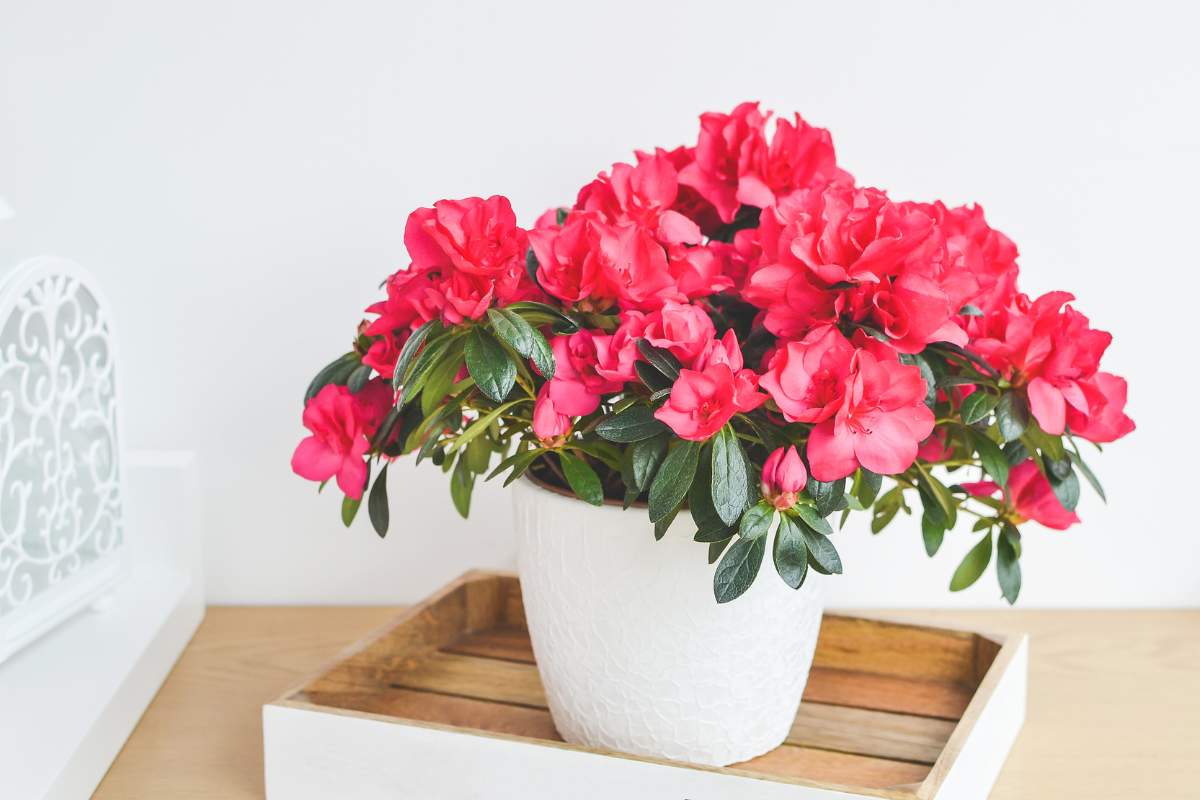Since they can be grown in pots, azaleas are a popular choice for gardeners with little space who want to add a splash of color. If you are one of the people who like to plant them in containers, you may have noticed some problems with azaleas in pots. Whether you’re a seasoned gardener or just starting out, understanding these challenges can help you create a thriving container garden filled with beautiful azaleas.
In this article, we’ll look at some of the typical issues that can arise when growing these flowering plants in containers and offer some tips on managing them.
6 Problems with azaleas in pots
1. Watering issues
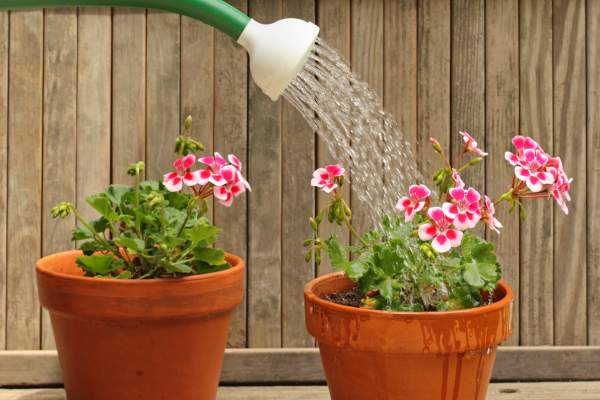
When it comes to watering azaleas, one of the most common challenges that gardeners come up against is either overwatering or underwatering the plants. Root rot and other diseases transmitted through the soil can be brought on by excessive moisture. On the other hand, if an insufficient amount of water is provided, this can also lead to complications.
The goal of watering azaleas is to keep the soil moist without over-watering and causing root rot, which can kill the plant’s roots. A good method for watering azaleas is to immerse the container in water for up to half an hour, or until the soil becomes moist. You can do this once or twice per week, depending on how dry the climate is.
2. Nutrient deficiencies
In order to grow well, azaleas need specific nutrients like iron and magnesium. These nutrients are absolutely necessary for the development and growth of the plant. However, growing azaleas in pots can make it difficult for the plant to access these nutrients, which can lead to deficiencies and poor growth.
When growing azaleas in pots, it’s extremely important to use potting soil that’s formulated specifically for acid-loving plants. This will ensure that the azaleas receive all of the essential nutrients required for optimal growth.
The pH range of 4.5 to 6.0 is ideal for growing azaleas in the soil. Additionally, organic, well-drained soils should be used.
3. Pests and diseases
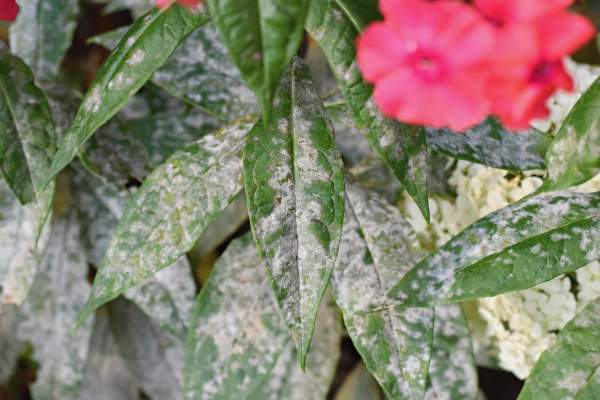
Azaleas are vulnerable to a wide variety of diseases and insects, such as lace bugs, caterpillars, and whiteflies. These problems can significantly affect the overall health and appearance of the plant. Growing azaleas in containers can make it more difficult to control these issues because the pests and diseases that can affect the plants can spread more rapidly in a confined space.
The following is a list of some of the diseases and insects that you might come across while growing this plant:
- Lace bugs: Lace bugs can greatly affect the growth of azaleas. They can harm the plants as they feed on the azalea’s foliage. The damage shows up as dark spots underneath the leaves of the plant. If left untreated, these tiny pests can kill the plant.
- Azalea bark scales: The tiny pests called azalea bark scales can do a lot of damage to azalea plants. As they feed, they secrete a sticky substance known as honeydew, which can lead to the growth of black mold on the plant’s branches. This can eventually cause the branches to become ill and die.
- Powdery mildew: Powdery mildew is a disease caused by fungi that can affect many plants, including azaleas. Azaleas in pots are especially vulnerable to powdery mildew because they like to grow in damp, shady places. This makes it easy for the fungus to grow on the plants. Powdery mildew causes azalea leaves to get white, powdery spots. The disease can cause leaves to dry out and turn yellow in extreme cases.
4. Incorrect sunlight exposure
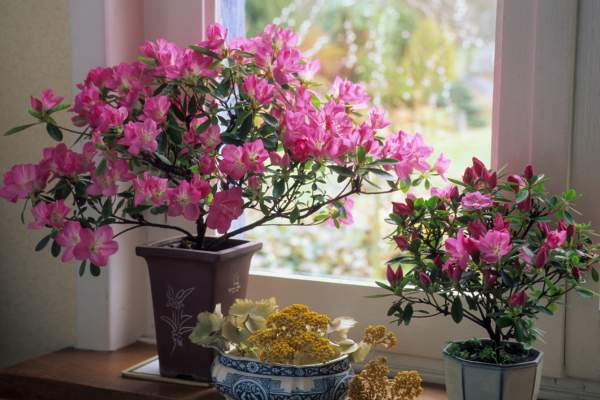
To grow well, azaleas need the right amount of sunlight. If these plants don’t get enough light, they can get weak and stop making flowers. If they get too much sun, azaleas may acquire diseases that’ll hinder their growth.
These plants do best in partial shade, which means they need at least four hours of direct sunlight a day but do best when the hottest part of the day is shaded from the sun. The amount of sunlight your azaleas are exposed to may be the cause of problems like lace bugs and cold injury. Move them to a shadier spot or give them some shade with a canopy or other covering.
5. Root-bound
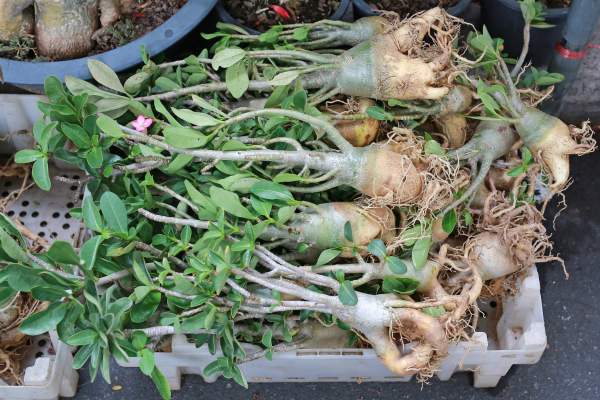
Azaleas are a common shrub that can last for a long time. But as they grow, their roots may expand so much that they fill or pack together inside the pot. This is called root-bound. When this happens, the plant may have trouble absorbing water and nutrients, which can cause it to wilt, grow too slowly, or even die.
Root-bound azaleas need to be repotted or moved to a larger container. Carefully remove the plant from its current pot or location and loosen the roots. Then put the plant in its new pot or place and add new soil and water.
Be sure to water the plant often and give it the right amount of sunlight and nutrients to help it recover from the transplant shock.
6. Insufficient pruning
Azaleas need to be pruned to keep their shape and size, encourage healthy growth, and get them to bloom. During pruning, dead, damaged, or sick branches are cut off, and branches that are growing in the wrong direction are trimmed back. Proper pruning also lets more air and light in, which can help prevent fungal diseases.
By using essential gardening tools like pruning shears, you can easily maintain the shape and size of your azaleas while promoting healthy growth and blooming. The best time to prune azaleas is before spring growth starts. This allows the plant to grow new buds for next year’s blooms.
Caring for Azaleas in Pots: Helpful Tips
1. Choose the Right Pot
Choose a pot that is large enough to accommodate the azalea’s root system and has good drainage. A terracotta pot is a good choice as it allows air and water to circulate through the soil, promoting healthy root growth.
2. Soil
Azaleas prefer acidic soil with a pH between 4.5 and 6.0. Use a potting mix that is specially formulated for acid-loving plants, or add peat moss, pine needles, or sulfur to the soil to make it more acidic. Ensure the soil is loose and well-draining.
3. Watering
Water your azalea deeply but infrequently. Allow the soil to dry out slightly before watering again. Overwatering can cause root rot and other problems. Ensure the pot has proper drainage holes to allow excess water to escape.
4. Fertilizer
Azaleas require regular fertilization to maintain healthy growth and abundant blooms. Apply a balanced, slow-release fertilizer formulated for acid-loving plants in early spring and again in early summer. Avoid over-fertilizing, as this can lead to leaf burn and poor growth.
5. Sunlight
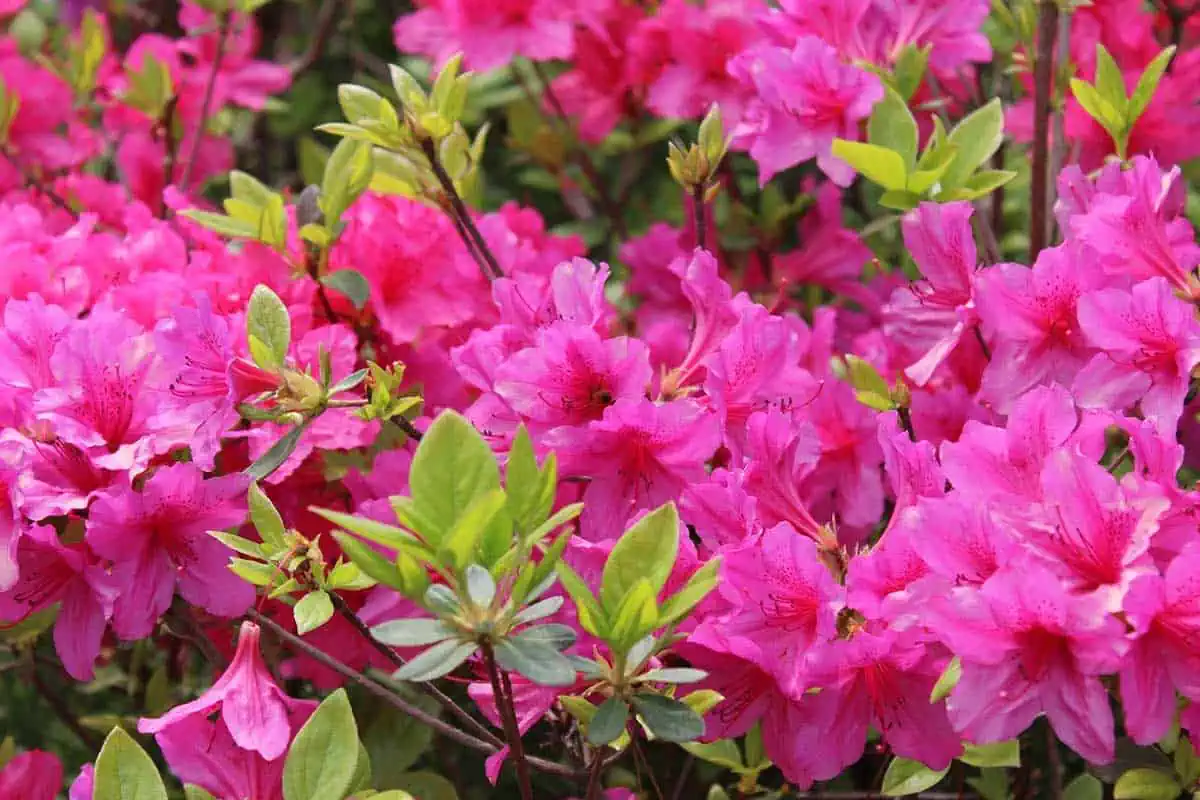
Azaleas prefer partial shade to filtered sunlight, especially in hot climates. Place the pot in a location where it will receive morning sun and afternoon shade, or dappled shade throughout the day.
6. Pruning
Prune your azalea regularly to maintain its shape and promote healthy growth. Remove any dead or damaged branches and prune back long, straggly stems to encourage bushy growth. Prune after blooming in early summer.
7. Pest Control
Monitor your azalea regularly for pests such as spider mites, lace bugs, and azalea caterpillars. Apply an insecticidal soap or neem oil if you notice any signs of infestation. Regularly inspect the leaves and branches for any signs of disease or damage.
By following these helpful tips, you can keep your azaleas healthy and vibrant in a pot.
